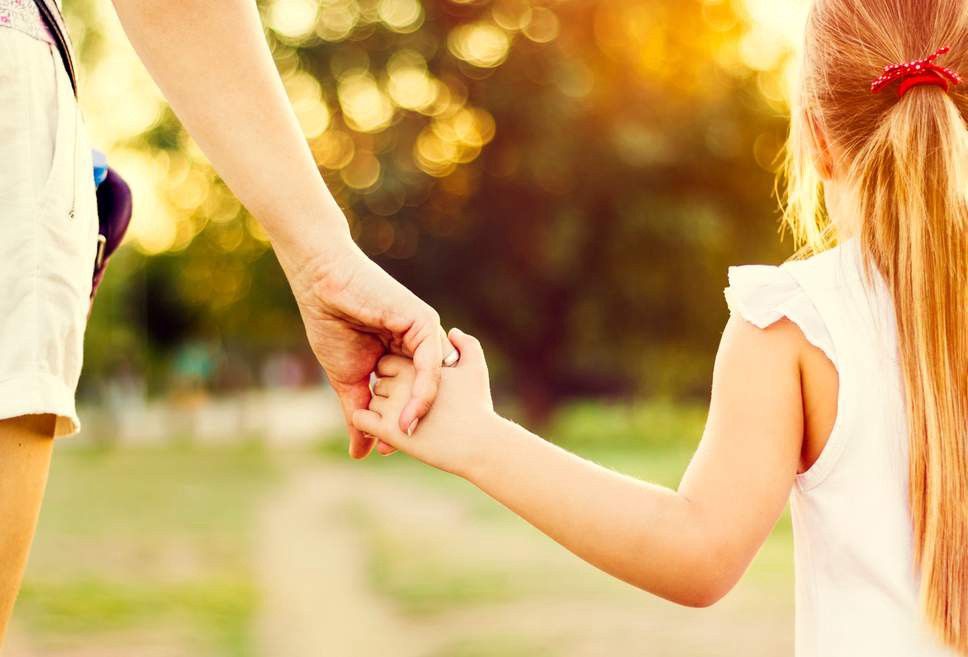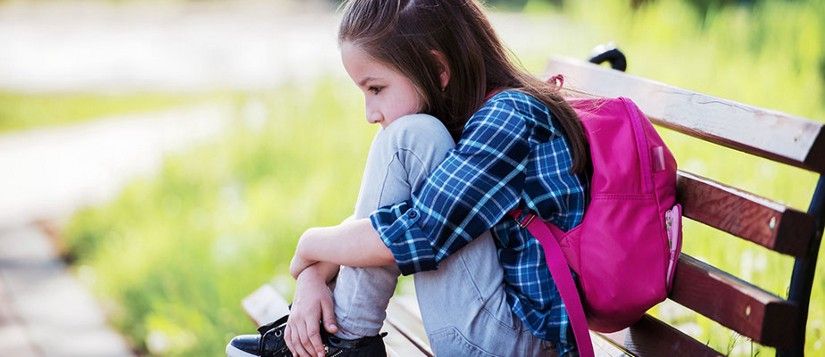Good Touch & Bad Touch — “Learn To Your Child ”
Apr 06, 2019 • 495 views

In today’s times, we hear a lot about child abuse and molestation. It’s high time, we start teaching young children about “Good Touch Bad Touch” to help prevent more damage. Most of the time, targets are very young children, below 6–7 years of age. They are too young to understand the difference between right and wrong.
As we Parents our duties we spend time with our child listen him and talk to our children about what a good touch is and what is not. Mostly we are busy in your scheduled and we forgot your child what is his daily routine where your child go and whom to meet. Because of this reasons we are not notice behavior of your child and sometimes he is depressed and fear.

Most of the time, kids know their abusers and the abuse happens in the home. This makes it difficult for kids to speak up. They may feel trapped by the affection they feel for their abusers or fearful of the power the abusers have over them — so they stay silent. That’s why it’s especially important to be able to recognize the signs of child abuse.
In India, Parents are fell shame to talk with child to this topic. But its necessary for parents its your duties We should start teaching young children about “Good Touch Bad Touch” to help prevent more damage as it is high time and alarming situation for parents to come in action.
Tips to understand your child Good and Bad Touch
Using flow chart provide knowledge to your child.

Nothing matters more than creating a solid bond of trust and warmth between your child and yourself. This will let them know that you are there for them with love and lack of judgement, should anything go wrong.
Spend quality time with your children. Listen to them when they are sharing about what they did during the day. Assure them that they can share anything with you.
Tell your children that if someone touches you in a way that you do not like, say NO. It’s your body and no one can touch in a way that you do not like or that makes you uncomfortable.
Educate your child on the difference between a safe and an unsafe touch, and talk to her about how to respond to a situation of harassment. Tell her about the kinds of people she might encounter on the road and how not losing sight of her immediate environment is the key to protecting herself.
Children must know that no one is ever allowed to touch their private parts, and that it is important to keep these areas covered and safe in public spaces (which includes school too). It is also important to teach children about respect for ‘body space’.
Teach children that these kinds of touches are not okay if someone physical harms like ( hitting, pushing, pinching, and kicking).

Psychologist Daniel Koh says:
“Children grow at different speeds, and it’s hard to teach them about the right behaviors before they have at least awareness of body parts. Parents spend the most time with the children and can best monitor how fast they develop.”
Helplines your child should know
Police Control Room: 100
A single emergency helpline number “112” was launched in 16 states and Union Territories
women safety (1090) and child protection in India.

